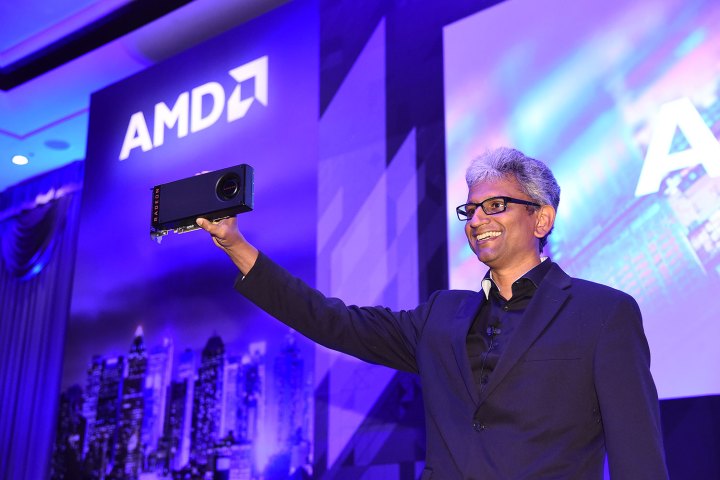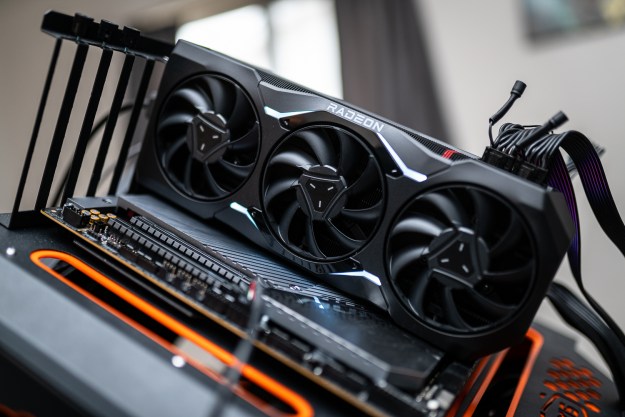
With that in mind, all three models will be offered in two variants: 4GB and 8GB models with the RX 480 and RX 470 versions, and 2GB and 4GB models with the RX 460 version. Up until now, we’ve seen that the RX 480 will cost $199 for the 4GB card and $229 for the 8GB card. Now there are rumors floating about regarding how much the RX 470 and RX 460 will cost later this month.
Rumor has it that the 4GB version of the Radeon RX 470 will cost $149 while the 8GB version will cost $179. The RX 460 cards will be even cheaper, with customers having to pay a mere $99 for the 2GB model and $119 for the 4GB model. That’s crazy cheap, but it’s also part of AMD’s plan to reach the general consumer with a VR-capable graphics upgrade at a very low price point.
While AMD hasn’t officially released the specs of the RX 470 card, it will supposedly have 2,048 stream processors, a 256-bit memory interface, a 1,750MHz memory clock speed, and a memory bandwidth of 224GB per second. It will be based on AMD’s Polaris 10 Pro architecture, and have a typical power draw of around 80 watts and a maximum power draw of 110 watts. The peak compute performance is supposedly around 5 TFLOPs and a base GPU clock speed running at 1,206MHz.
As for the cheaper RX 460 card, this model will supposedly sport 1,024 stream processors, a 128-bit memory interface, a 1,250MHz memory clock speed, and a memory bandwidth of 112GB per second. It will be based on AMD’s Polaris 11 architecture, and have a typical power draw of around 45 watts and a maximum power draw of 75 watts. The peak compute performance is supposedly around 2 TFLOPs and a base GPU clock speed cruising at 1,000MHz.
According to recent rumors, the Radeon RX 400 launch will consist of (reference) cards manufactured by AMD only, while custom add-in-boards will be released by AMD’s partners (Gigabyte, Asus, MSI, etc.) in the near future. These partners will offer solutions ranging in price from $99 to around $300. Thus, AMD is currently building up its stock of Radeon RX 400 cards (especially the RX 480) so that there’s plenty to go around once June 29 hits the calendar.
Meanwhile, Nvidia is reportedly having an issue regarding supplies of the GTX 1080 and GTX 1070 cards. They’re hard to come by it seems, with the cheapest price for the GTX 1080 discovered to be $859, which is considerably higher than the $700 pricetag for the Founders Edition and $600 for the vanilla version. As it stands now, AMD’s prices on the Radeon RX 400 Series are looking rather sweet for gamers in need of an upgrade.
Editors' Recommendations
- Someone tweaked AMD’s RX 7800 XT, and the results may surprise you
- AMD’s two new GPUs significantly undercut Nvidia
- AMD may soon launch a new GPU, but it’s probably not the one you think
- No surprise — graphics cards have gotten twice as expensive since 2020
- Nvidia RTX 4070 Ti vs. AMD RX 7900 XT: Two odd choices for your next GPU



